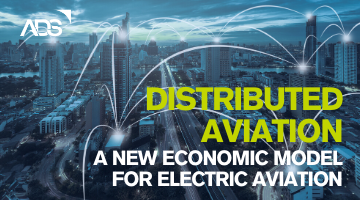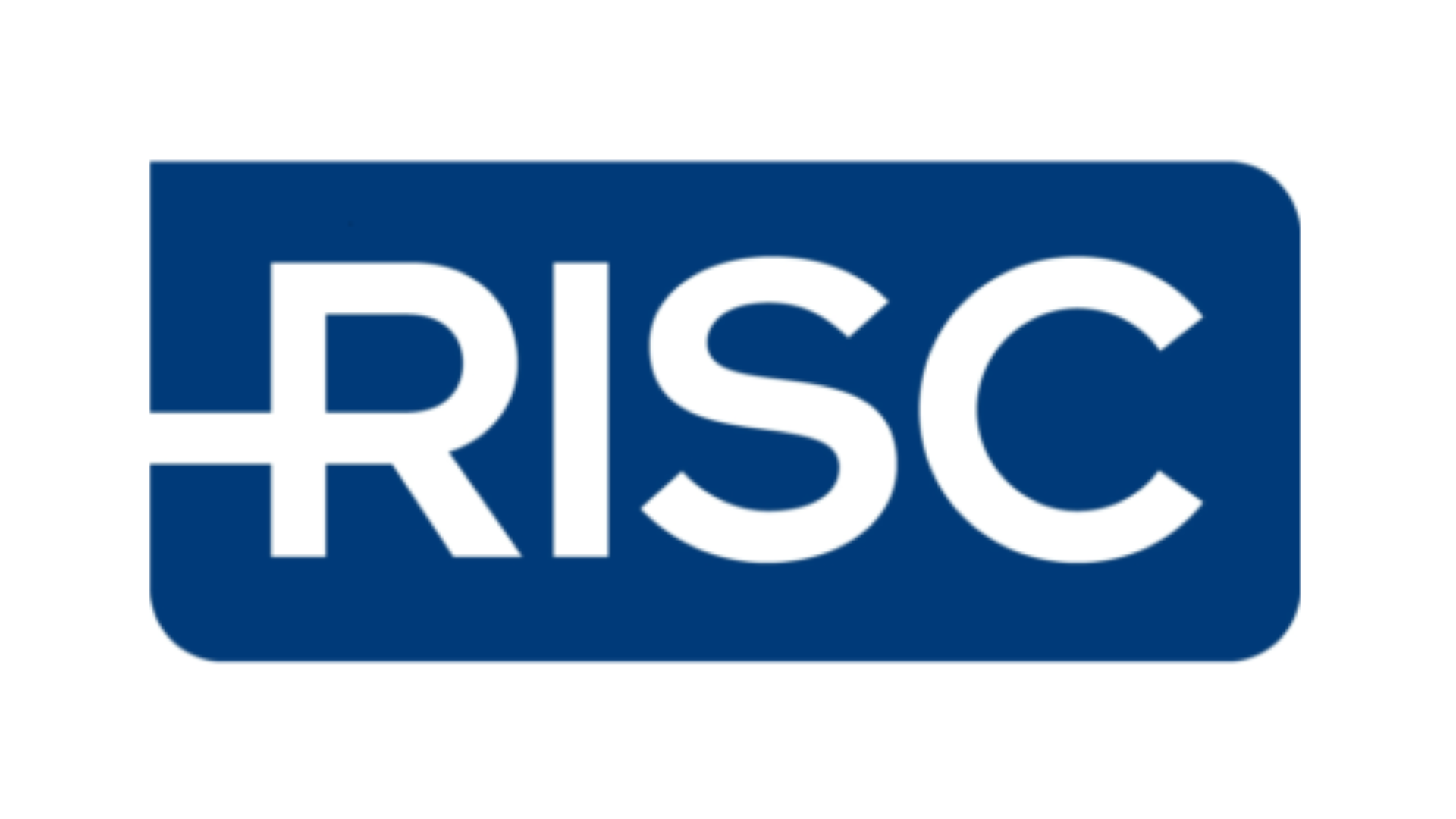
Written by Karun Harrar, ADS Aerospace Innovation Executive.
The aviation industry is at a turning point. Disruption to travel on a global scale poses the greatest threat to traditional aviation business models since its inception. What does the next era of aviation look like? We won’t know unless we study new disruptive technologies and their potential to offer new customer service models and societal benefits.
The world of Advanced Air Mobility
With both private and public investment driving the push for a greener and more electric future, as well as engineering developments in fully electric propulsion systems, autonomous systems and digital tools, the world of Advanced Air Mobility is one to watch closely. How then could we make use of this emerging sector? The answer could lie in a Distributed Aviation approach.
Although Distributed Aviation is not a new concept, when applied to commercial sub-regional aviation we could realise the long-term potential of creating a brand new aviation system for the electric future of our skies. The current traditional system, dominated by vehicles and technologies designed for hub and spoke operations and based on hydrocarbon economics, lacks the levels of integration that a distributed system could offer – redefining the way we design both our systems and vehicles for an electric future.
This paper explores in more depth the intricacies of Distributed Aviation and how it is set to become an environmentally and economically sustainable model for the future of electric aviation.
The ADS Advanced Air Mobility Special Interest group is for ADS members and stakeholders involved in the smaller-vehicle, more autonomous and more electric Air Mobility sector, looking to break into those emerging markets.
Fullscreen Mode




